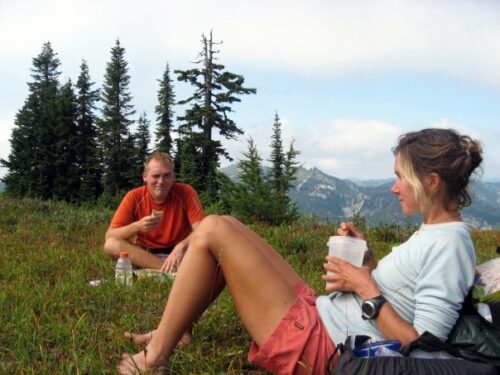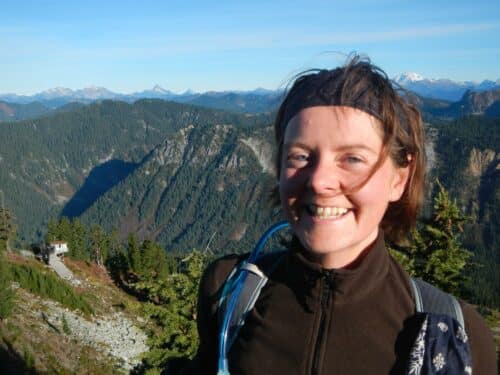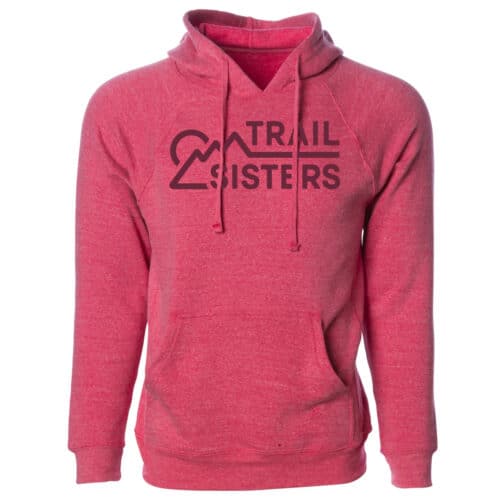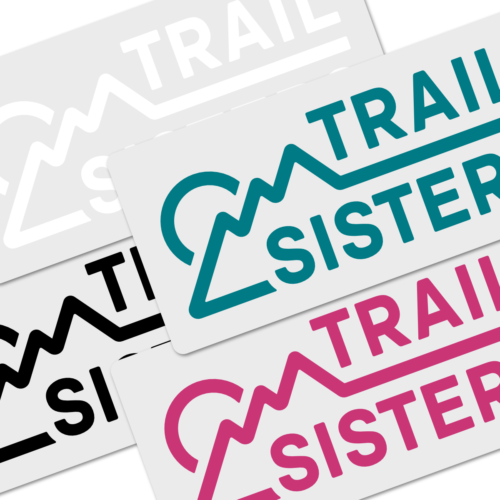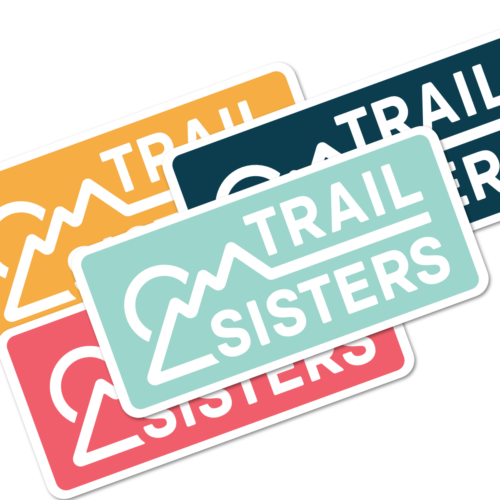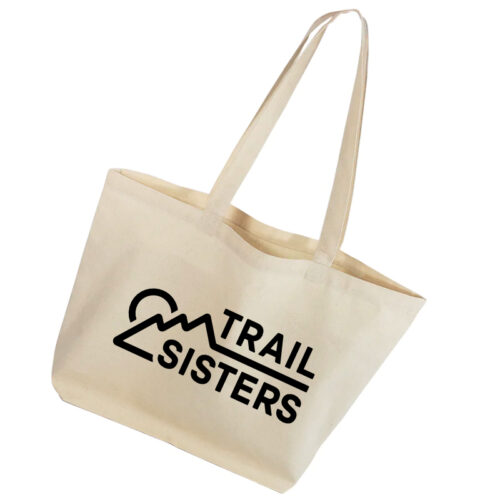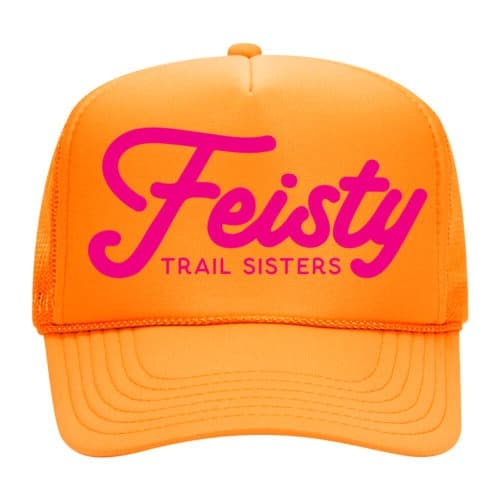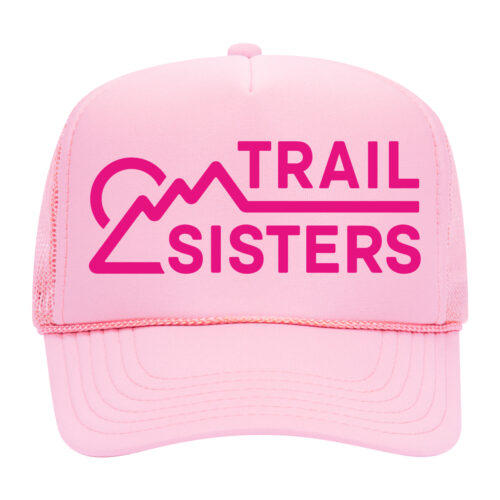Main Menu

Heather Anderson is a National Geographic Adventurer of the Year, three-time Triple Crown thru-hiker, and professional speaker whose mission is to inspire others to “Dream Big, Be Courageous.” She is also the author of two hiking memoirs Thirst: 2600 Miles to Home and Mud, Rocks, Blazes: Letting Go on the Appalachian Trail and a preparatory guide to long-distance hiking Adventure Ready. Find her on Instagram @_WordsFromTheWild_ or her website wordsfromthewild.net
Share This Article!


By: Heather Anderson
Fastest Known Times (FKTs) are a growing sport, especially among women. If you are interested in attempting one, or just want some serious inspiration, check out the social media for Women Who FKT. A few years ago, they challenged women to set fastest known times on routes that did not currently have a women’s time… and there are a LOT of them. I am pleased to report their challenge has been accepted and snowballed. Since I completed my first fastest known time in 2013, there has been a meteoric rise in both general interest and female participation. fastest known times are a great combination of adventure, racing on your own terms, and an opportunity to explore your own abilities. If you are looking to attempt your first fastest known time, here are my top tips and remember:
All of the routes on the Fastest Known Times website were first done by someone!
That someone can be you!
The first step in preparing is personal assessment. Whether you already have a route and style in mind or not, an assessment of your strengths and weaknesses with regard to terrain and style is critical to preparation.
You will need to assess things about yourself such as your capacity to carry weight while still moving efficiently, what interactions and tasks tend to slow you down the most, whether you excel at climbing, descending, technical terrain, etc.
Since supported fastest known times tend to be the most competitive, so if your strength assessment indicates you would be good at self- or un-supported efforts and you have a desire to attempt a route in that manner, there are a lot of fastest known times up for grabs.
It is important to recognize that while picking a route that caters to your strengths can make it easier to succeed, it does not mean you cannot tackle something that falls outside your skill set. It just means that you will need to work harder to mitigate the weaknesses.
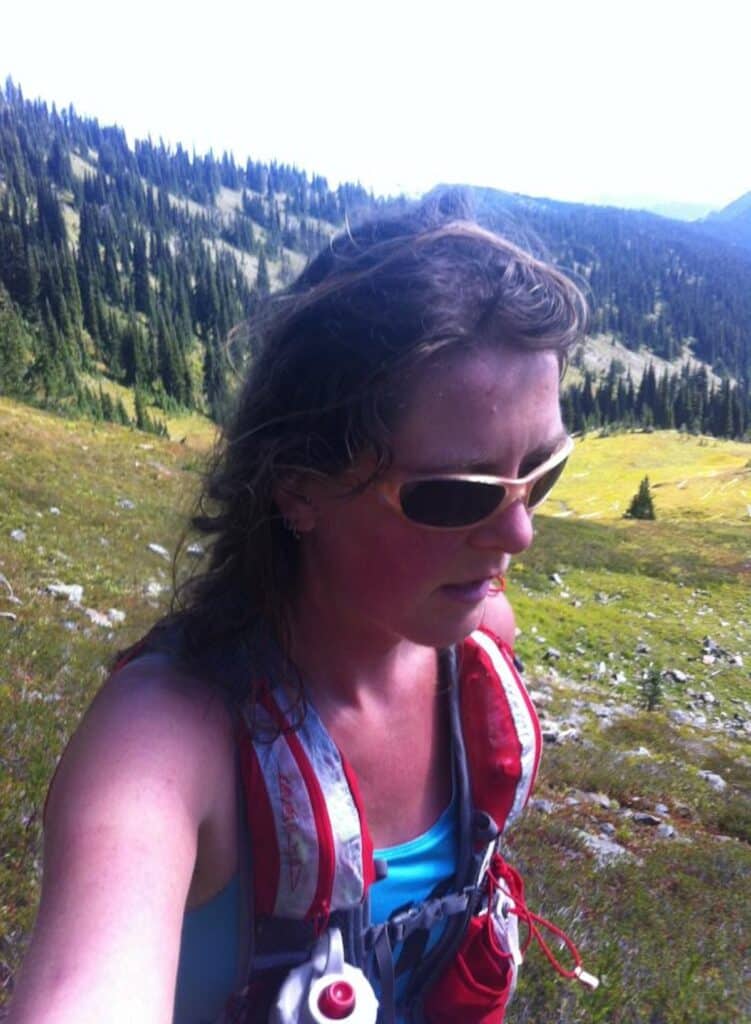
Once you have completed a personal assessment, take a look at routes that interest you. Don’t forget to check things in your backyard as well as places you visit often like that trail system next to your parent’s house where you run when home on holidays. Compare their qualities to your strengths and weaknesses. Be sure to look at various categories. You will find that many established fastest known times have times in only one category. Perhaps the category you initially intended to attempt is highly competitive. Are there other categories you could try instead? A mixed gender attempt? Unsupported vs. Self-Supported? I keep a spreadsheet organized by area, length, and modality that I am constantly adding to. Just don’t forget to keep it updated, especially I you decide to attempt a route. Fastest known times are being set every day and you don’t want to “break” a record you have written in your spreadsheet only to discover someone else already did!
Your route and style selection will play a huge part in your success. Once you have made these decisions, begin training. Do this on the route in the style you have selected if possible. Familiarity is a cornerstone for success.
It should go without saying, but the less you carry, the faster you will be. Every ounce you carry is detrimental to the conservation of energy.
If you are supported, have a several pacers that will carry your supplies so you do not have to. Make sure you have a pit crew that gets you in an out of meeting points with everything you need quickly so that you can focus on moving forward.
If you are competing in an unsupported or self-supported category, this means embracing the tenets of fast and light. Take only what you need and nothing that you do not. Keep your base weight (weight of non-consumables) as low as possible without sacrificing safety.
Nothing about an FKT is comfortable. Pack accordingly.
These tips are excerpted from my online course, FKT101, available on my website: https://wordsfromthewild.net/fkt-101-course/
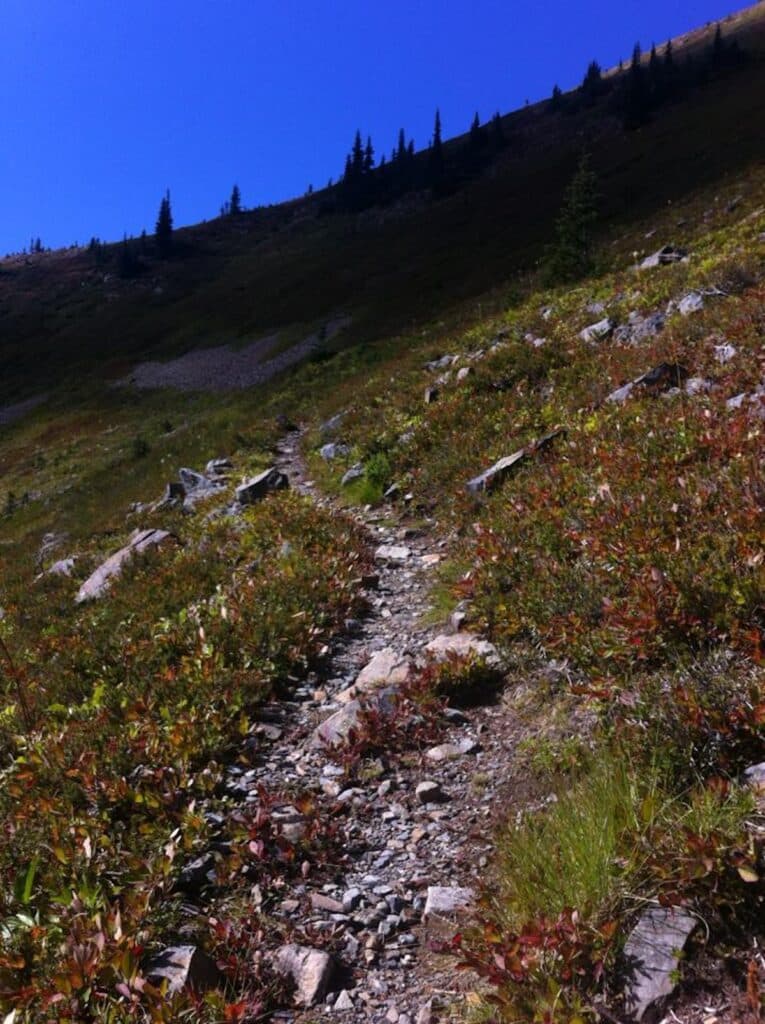
About the Author

Heather Anderson is a National Geographic Adventurer of the Year, three-time Triple Crown thru-hiker, and professional speaker whose mission is to inspire others to “Dream Big, Be Courageous.” She is also the author of two hiking memoirs Thirst: 2600 Miles to Home and Mud, Rocks, Blazes: Letting Go on the Appalachian Trail and a preparatory guide to long-distance hiking Adventure Ready. Find her on Instagram @_WordsFromTheWild_ or her website wordsfromthewild.net
Share This Article!


